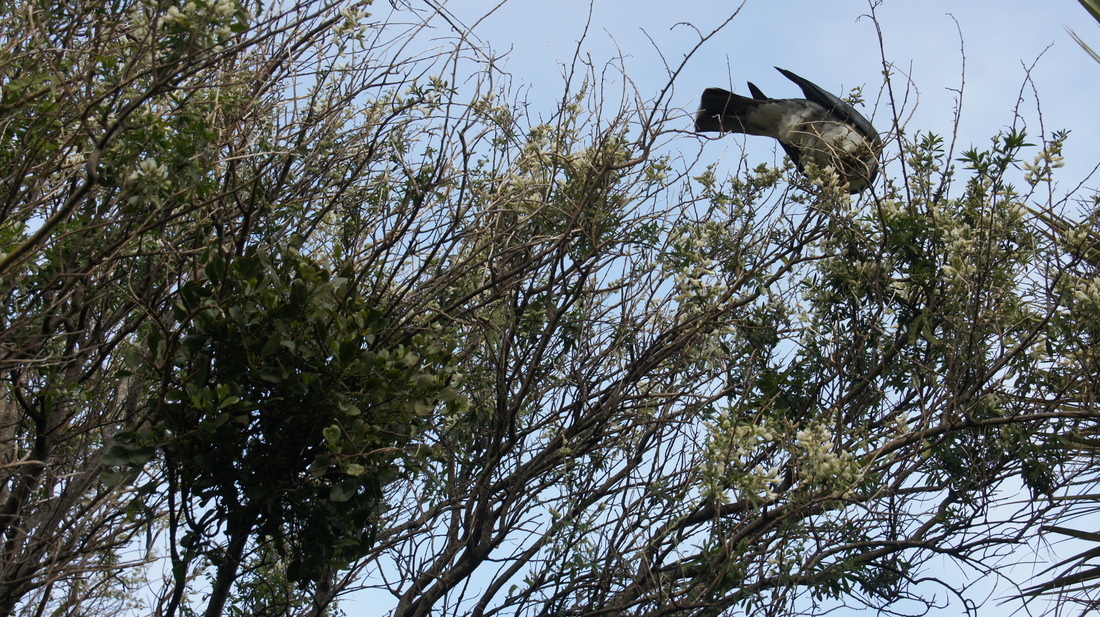
|
Last month I was lucky enough to be part of a road trip from Christchurch to Auckland via Akaroa, Kaikoura, Wellington and Napier. It was a good opportunity to see some of the canopy flora and fauna in these different places and I've included some of the most interesting finds in this photo blog: 
This photo was captured at a definite high point of the trip. I was drawn to these tree lucerne in a reserve near Akaroa because of the flock of kereru feeding on them. Of course I was then stoked to discover that they weren't the only ones getting a free meal from this exotic plant: spot the pirita (Ileostylus micranthus) in the bottom left! Photo: C. Kirby.
0 Comments
A new paper titled "Epiphytes improve host plant water use by microenvironment modification" has been published in Functional Ecology by Daniel Stanton and colleagues. These researchers investigated the impact of epiphytic lichens and Tillandsia species on their hosts in deserts of Chile and Peru. Plants in these deserts depend on fog for water input and the authors aimed to find out if the very large epiphyte communities in these areas affect ecosystem water cycling. Key findings of this study were:
The following schematic illustrates the range of possible influences that epiphytes have on an ecosystem water cycle - see caption for details. 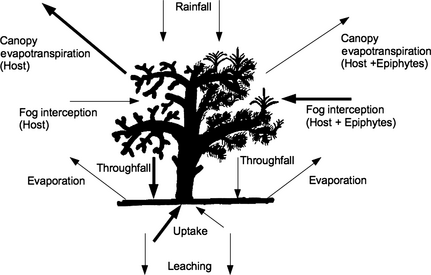
Schematic of the water cycle through trees in the absence (left) or presence (right) of epiphytes. Epiphytes will directly affect fog interception by the canopy (by increasing surface area) and canopy evapotranspiration rates (by increasing boundary layer). Greater retention of water in the canopy by epiphytes results in reduced throughfall. Stanton et al. 2014.
In their conclusion, the authors encourage more studies of this nature: "Experimental removal of epiphytes is logistically challenging; however, the considerable impacts on host plants we observed suggest that more such experiments, in other ecosystems, may be necessary in studies of forest hydrology. The conceptual framework we present establishes a context for evaluating the relative positive and negative effects of epiphytes on hosts and shows that epiphytes are likely to have significant effects on host plants and ecosystems. This consideration is important to the accurate modelling of climate–vegetation feedbacks and ecohydrology of ecosystems with large epiphyte communities" These desert ecosystems are very different from most of the epiphyte habitats in New Zealand. Having said that, it is more than likely that a similar study would find significant impacts of epiphytes on forest water cycles here. This is especially true in the case of water-impounding nest epiphytes (e.g. Collospermum species) which seem to feed large and diverse canopy communities.
There is nothing more magical in a documentary than David Attenborough talking about epiphytes! Here is a BBC video that really captures some of the fascination around these plants:
Attenborough and epiphytes: www.bbc.co.uk/nature/adaptations/Epiphyte#p006ry0k And here are some unexpectedly abundant epiphytes in the UK: Dartmoor epiphytes: www.bbc.co.uk/nature/adaptations/Epiphyte#p007zjq5 And finally, we found this relatively new one about some epiphyte research in Indonesia. There is a blank bit at the end but the rest of it is really interesting: www.youtube.com/watch?v=cIA2cEW65DI Enjoy :) We are pleased to announce that the 28th John Child Bryophyte and Lichen Workshop is being held this November. What: A workshop for anyone interested in bryophytes, lichens and/or epiphytes from novice amateurs to professional botanists. The aims are to gain and share knowledge of, and to encourage an interest in, the mosses, liverworts, hornworts, lichens and epiphytes (!!) of New Zealand. Regular attendees are very friendly and willing to help beginners. Click here for great photos from a previous workshop. Where: The workshop will be based at Aongatete Outdoor Education Centre (generally referred to as Aongatete Lodge), 15 km south of Katikati at the end of Wright Road. When:
Friday 28th November to Wednesday 3rd December Interested? Contact Shirley Kerr with your questions or registration: [email protected] |
Subscribe to NZ Epiphyte Blog:Like us on Facebook!
Catherine KirbyI work with NZ's native vascular epiphytes at the University of Waikato. I completed an MSc on epiphyte ecology and the shrub epiphyte Griselinia lucida and have recently published the Field Guide to NZ's Epiphytes, Vines & Mistletoes. Categories
All
Archives
August 2016
|
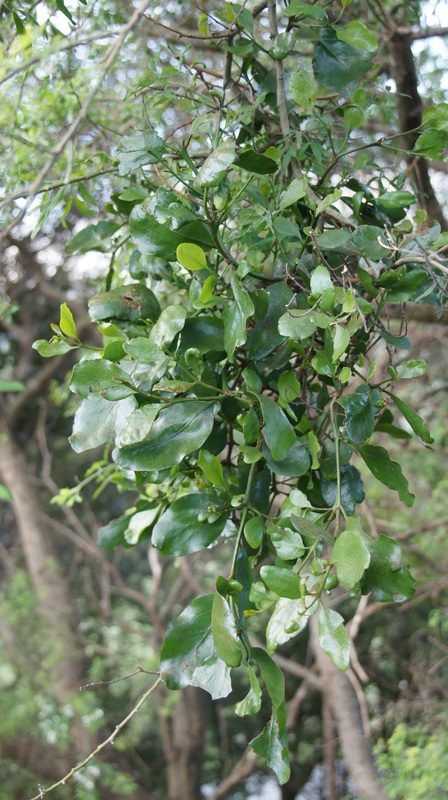
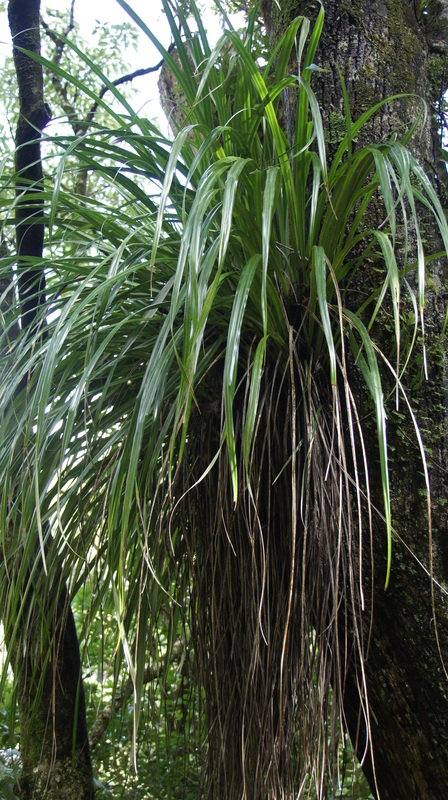
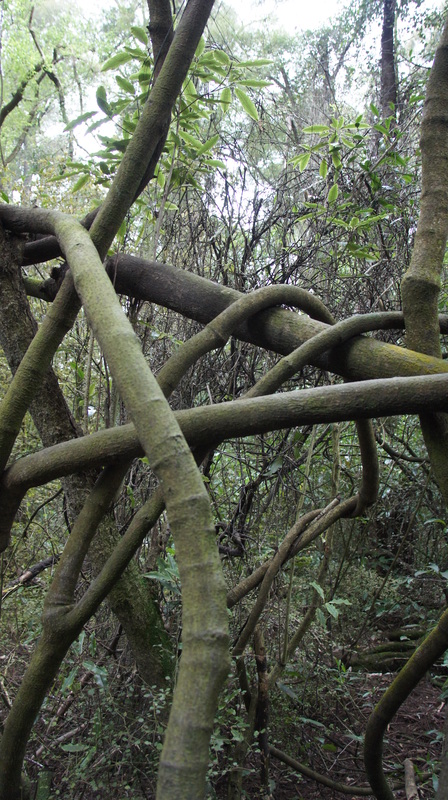
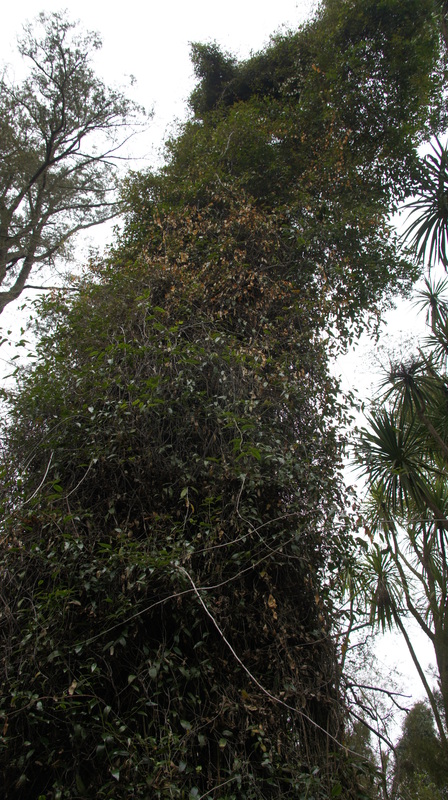
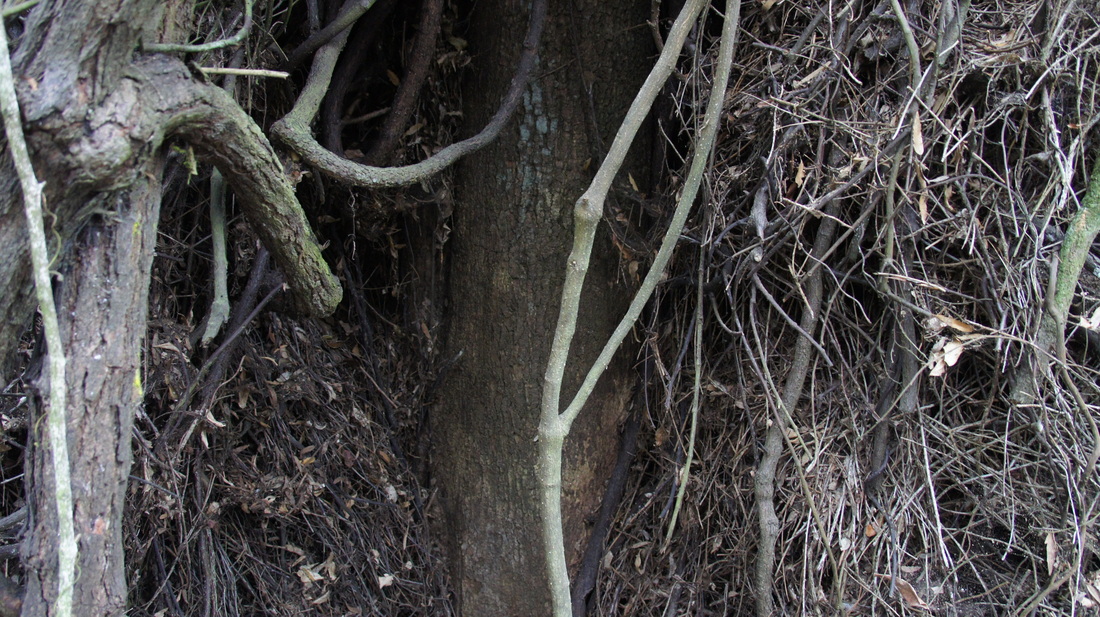
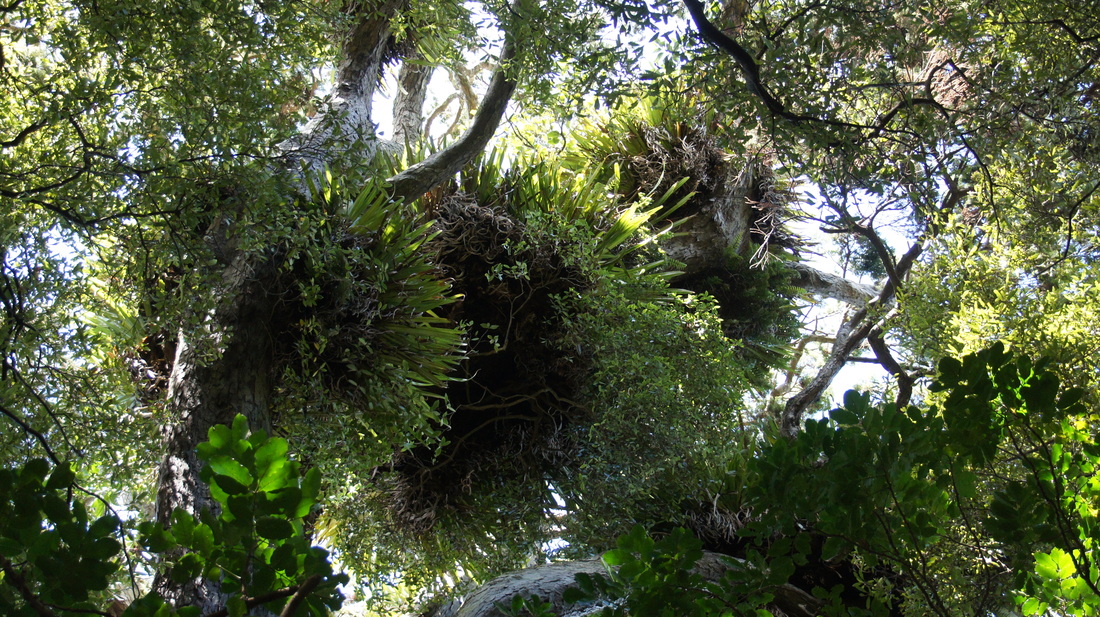
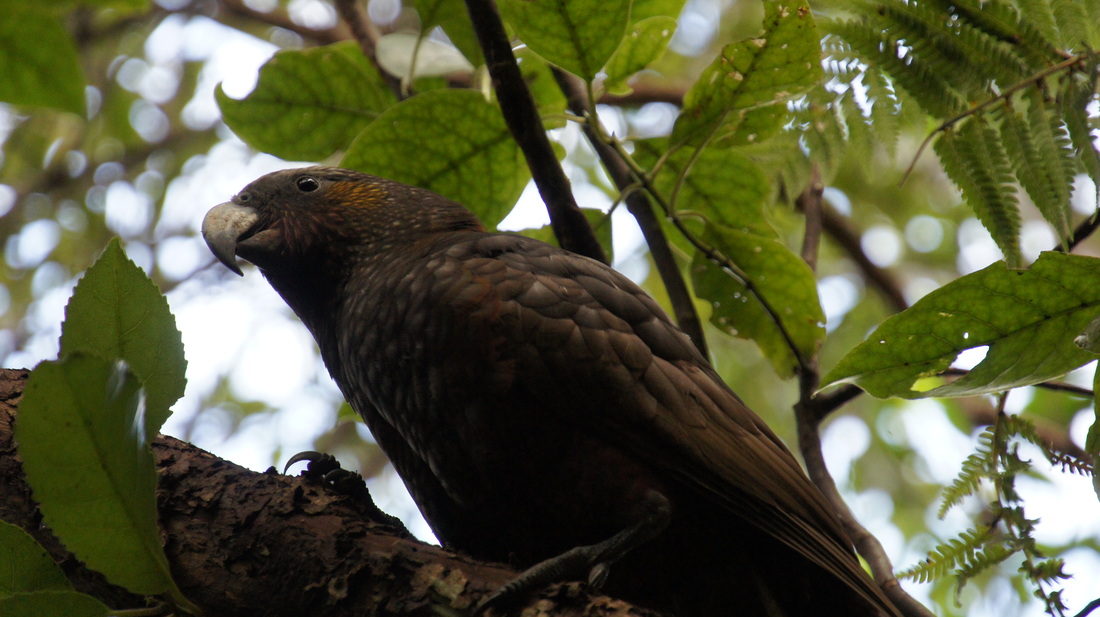
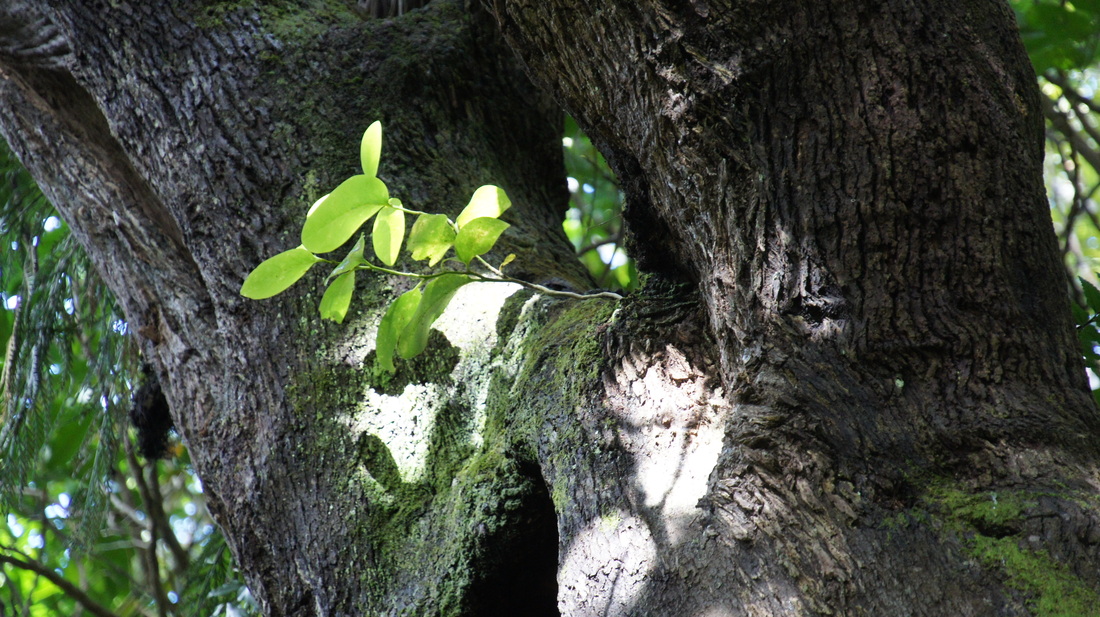
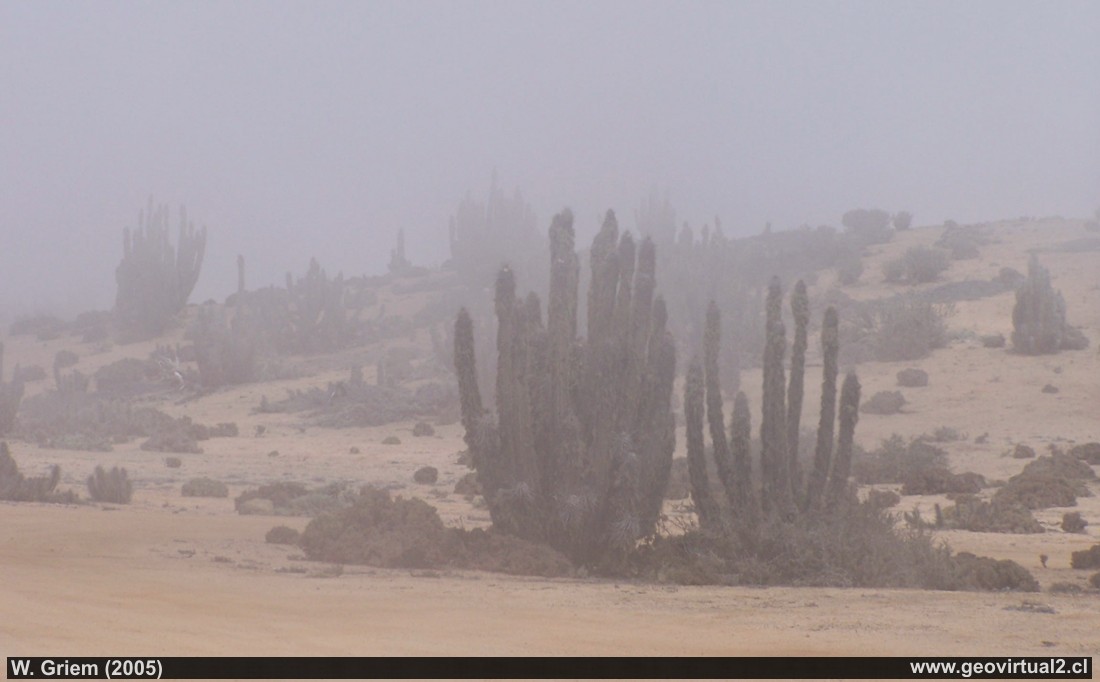
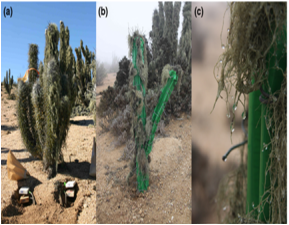
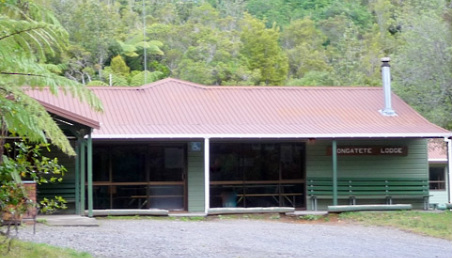

 RSS Feed
RSS Feed
